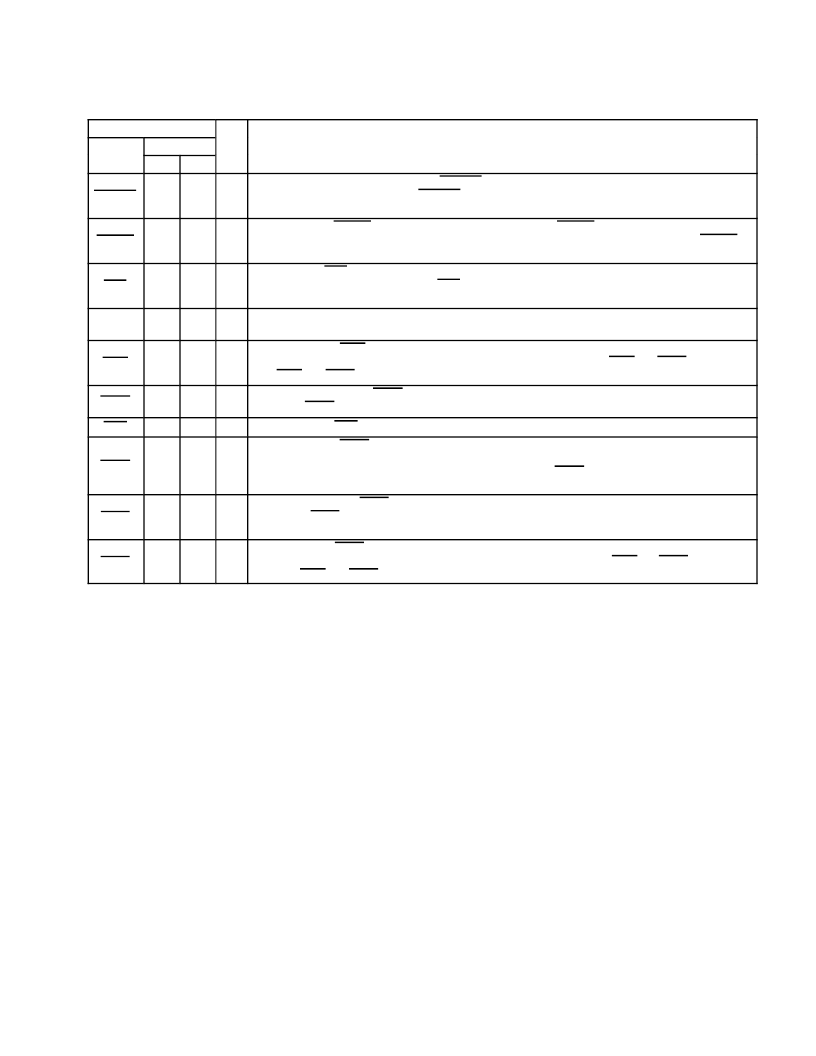- 您現(xiàn)在的位置:買賣IC網(wǎng) > PDF目錄369950 > PCI1620GHK Controller Miscellaneous - Datasheet Reference PDF資料下載
參數(shù)資料
| 型號: | PCI1620GHK |
| 英文描述: | Controller Miscellaneous - Datasheet Reference |
| 中文描述: | 控制器雜項-數(shù)據(jù)表參考 |
| 文件頁數(shù): | 31/164頁 |
| 文件大小: | 720K |
| 代理商: | PCI1620GHK |
第1頁第2頁第3頁第4頁第5頁第6頁第7頁第8頁第9頁第10頁第11頁第12頁第13頁第14頁第15頁第16頁第17頁第18頁第19頁第20頁第21頁第22頁第23頁第24頁第25頁第26頁第27頁第28頁第29頁第30頁當前第31頁第32頁第33頁第34頁第35頁第36頁第37頁第38頁第39頁第40頁第41頁第42頁第43頁第44頁第45頁第46頁第47頁第48頁第49頁第50頁第51頁第52頁第53頁第54頁第55頁第56頁第57頁第58頁第59頁第60頁第61頁第62頁第63頁第64頁第65頁第66頁第67頁第68頁第69頁第70頁第71頁第72頁第73頁第74頁第75頁第76頁第77頁第78頁第79頁第80頁第81頁第82頁第83頁第84頁第85頁第86頁第87頁第88頁第89頁第90頁第91頁第92頁第93頁第94頁第95頁第96頁第97頁第98頁第99頁第100頁第101頁第102頁第103頁第104頁第105頁第106頁第107頁第108頁第109頁第110頁第111頁第112頁第113頁第114頁第115頁第116頁第117頁第118頁第119頁第120頁第121頁第122頁第123頁第124頁第125頁第126頁第127頁第128頁第129頁第130頁第131頁第132頁第133頁第134頁第135頁第136頁第137頁第138頁第139頁第140頁第141頁第142頁第143頁第144頁第145頁第146頁第147頁第148頁第149頁第150頁第151頁第152頁第153頁第154頁第155頁第156頁第157頁第158頁第159頁第160頁第161頁第162頁第163頁第164頁

2
–
15
Table 2
–
9. PCI Interface Control Terminals
TERMINAL
NAME
NO.
I/O
DESCRIPTION
PDV
GHK
DEVSEL
198
F07
I/O
PCI device select. The PCI1620 asserts DEVSEL to claim a PCI cycle as the target device. As a PCI initiator
on the bus, the PCI1620 monitors DEVSEL until a target responds. If no target responds before timeout
occurs, then the PCI1620 terminates the cycle with an initiator abort.
FRAME
194
E08
I/O
PCI cycle frame. FRAME is driven by the initiator of a bus cycle. FRAME is asserted to indicate that a bus
transaction is beginning, and data transfers continue while this signal is asserted. When FRAME is
deasserted, the PCI bus transaction is in the final data phase.
GNT
169
B13
I
PCI bus grant. GNT is driven by the PCI bus arbiter to grant the PCI1620 access to the PCI bus after the
current data transaction has completed. GNT may or may not follow a PCI bus request, depending on the PCI
bus parking algorithm.
IDSEL
183
E10
I
Initialization device select. IDSEL selects the PCI1620 during configuration space accesses. IDSEL can be
connected to one of the upper 24 PCI address lines
on the PCI bus.
IRDY
196
B07
I/O
PCI initiator ready. IRDY indicates the ability of the PCI bus initiator to complete the current data phase of the
transaction. A data phase is completed on a rising edge of PCLK where both IRDY and TRDY are asserted.
Until IRDY and TRDY are both sampled asserted, wait states are inserted.
PERR
201
E07
I/O
PCI parity error indicator. PERR is driven by a PCI device to indicate that calculated parity does not match
PAR when PERR is enabled through bit 6 of the command register (PCI offset 04h, see Section 4.4).
REQ
170
A13
O
PCI bus request. REQ is asserted by the PCI1620 to request access to the PCI bus as an initiator.
SERR
202
C06
O
PCI system error. SERR is an output that is pulsed from the PCI1620 when enabled through bit 8 of the
command register (PCI offset 04h, see Section 4.4), indicating a system error has occurred. The PCI1620
need not be the target of the PCI cycle to assert this signal. When SERR is enabled in the command register,
this signal also pulses, indicating that an address parity error has occurred on a CardBus interface.
STOP
200
B06
I/O
PCI cycle stop signal. STOP is driven by a PCI target to request the initiator to stop the current PCI bus
transaction. STOP is used for target disconnects and is commonly asserted by target devices that do not
support burst data transfers.
TRDY
197
C07
I/O
PCI target ready. TRDY indicates the ability of the primary bus target to complete the current data phase of
the transaction. A data phase is completed on a rising edge of PCLK when both IRDY and TRDY are asserted.
Until both IRDY and TRDY are asserted, wait states are inserted.
Care must be exercised in selection of the address line that is used for connecting to IDSEL. Check each PCI component to avoid the use of
address lines that it may have reserved, because address lines used can vary from one device to another of the same device type. For example,
one commonly-used chipset uses lines AD11 and AD12, and assignment of IDSEL to either of those lines in an implementation using that chipset
would result in an address conflict.
相關(guān)PDF資料 |
PDF描述 |
|---|---|
| PCI1620PDV | Controller Miscellaneous - Datasheet Reference |
| PCI2050A | 32-Bit. 66MHz. 9-Master PCI-to-PCI Bridge |
| PCI2050GHK | BUS CONTROLLER |
| PCI2050PDV | BUS CONTROLLER |
| PCI9054AB50BI | Interface IC |
相關(guān)代理商/技術(shù)參數(shù) |
參數(shù)描述 |
|---|---|
| PCI1620PDV | 功能描述:外圍驅(qū)動器與原件 - PCI PC Card Flash & Smart Card Cntrlr RoHS:否 制造商:PLX Technology 工作電源電壓: 最大工作溫度: 安裝風格:SMD/SMT 封裝 / 箱體:FCBGA-1156 封裝:Tray |
| PCI-1620U | 制造商:ADVANTECH 制造商全稱:Advantech Co., Ltd. 功能描述:8-port RS-232 PCI Communication Card, with Surge Protection |
| PCI1620ZHK | 功能描述:外圍驅(qū)動器與原件 - PCI PC Card Flash & Smart Card Cntrlr RoHS:否 制造商:PLX Technology 工作電源電壓: 最大工作溫度: 安裝風格:SMD/SMT 封裝 / 箱體:FCBGA-1156 封裝:Tray |
| PCI-1622A-BE | 制造商:Advantech Co Ltd 功能描述:8PORT RS-422/485 PCI COM CARD - Trays 制造商:Advantech Co Ltd 功能描述:8-port RS-422/485 UPCI COMM card |
| PCI-1622CU | 制造商:ADVANTECH 制造商全稱:Advantech Co., Ltd. 功能描述:8-port RS-422/485 Universal PCI Communication Card with Isolation & EFT Protection |
發(fā)布緊急采購,3分鐘左右您將得到回復。